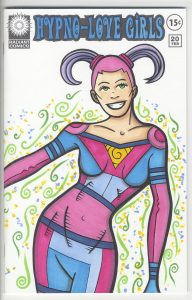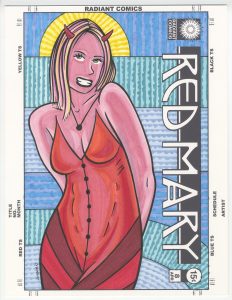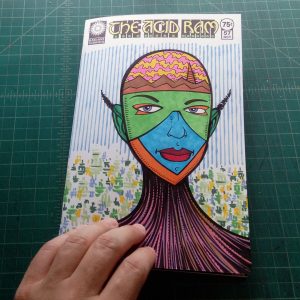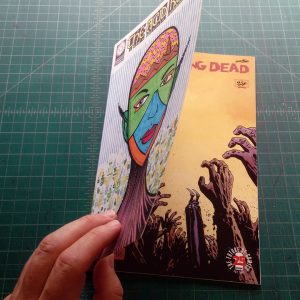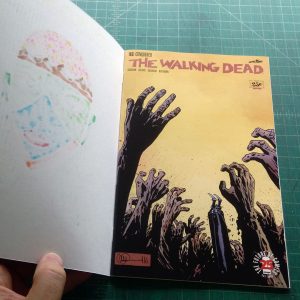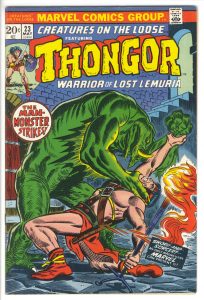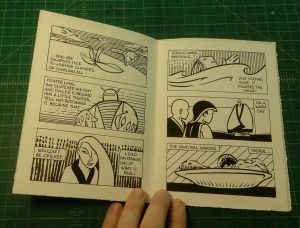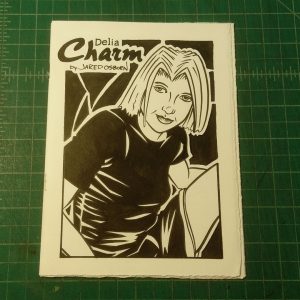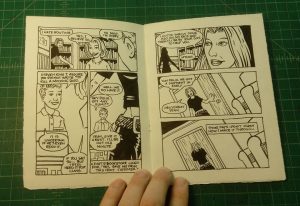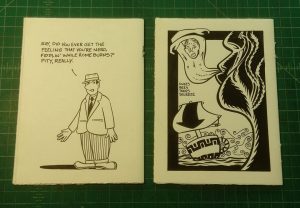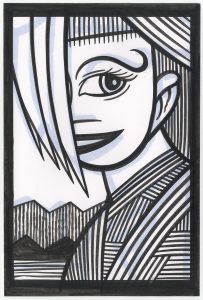
It’s that time of year again when the summer is ending so I thought I’d recap my summer TV watching. It was an odd year for me and summer TV since there were not a lot of broadcast TV shows that I watched this summer. A few of them even started in late August so they’re mostly going to be broadcast in the Fall.
Episodes – Broadcast – This show about Hollywood writers with Matt LaBlanc playing himself is back after a couple of years of not being on the air. I’ve only seen two episodes so far but it seems about the same quality as the other ones so I’m probably going to enjoy it. It’s a fun show with some raunchiness to it. LeBlank is playing himself as a bit of a jerk. And he’s a funny jerk.
People of Earth – Broadcast – I’ve caught about four episodes of season two of this comedy about a group of people who were kidnapped by aliens and also the story of the aliens themselves. I’d call it a gentle ensemble comedy but it has some fun and wit to the writing. It’s zany yet understated.
Shooter – Broadcast – Season two of Shooter just ended (eight episodes) and it ended on a cliffhanger. I hesitate to even call it a cliffhanger because to me it was more like it ended in the middle of a scene. I liked season one better but I still recommend season two. It’s an action show staring a couple of ex-military snipers. This season they’re being hunter by the world’s best sniper who works for some bad secret agency. Fun stuff.
The Sinner – Broadcast – A mystery wrapped in a police procedural I’m a week away from the last episode (there are eight of them). We open with an ordinary woman murdering an ordinary man in plain daylight at the beach. The rest of the show uncovers why she did it. Even the main character herself has no idea why. A good mystery show.
The Strain – Broadcast – Vampires have taken over the world in the final season of The Strain. We still have a few episodes left of this one. I complain about this show a bit because some of the characters do dumb things (especially the kid) but I still like it. Fighting crazy worm-based vampires makes for a fun show.
Broad City – Broadcast – We’re only one episode into the fourth season of this show and I found it a weak episode. It was the story of how the two main characters met and what would have happened if they didn’t meet. There was nothing wrong with it but it didn’t tickle my fancy like other episodes do. That doesn’t bother me though and I’ll still keep watching. Any show has episodes that I like better than others and this was just an episode that didn’t resonate with me.
Burn Notice – Netflix (former Broadcast) – Continuing my year long rewatching of this series I’m one episode away from the last season (Season 7). I’ve enjoyed revisiting the tales of our burned spy (which means our government wants nothing to do with him as his reputation has been tarnished) and his crew of friends. Usually each episode has two plots. One in which our hero is trying to clear his name and another where he and the crew are helping some innocent person out of trouble. A good solid action show.
Longmire – Netflix (former Broadcast) – I was watching this series about a Wyoming sheriff for the first time. It was originally a broadcast show that got picked up by Netflix for a couple of seasons. It changed a bit when it went to Netflix. The original seasons were more of a standard police show with a crime a week. The last two seasons on Netflix have been more like a large continued story over the course of a season. I think I like the earlier seasons better. It’s still a pretty good police show though.
The Office – Netflix (former Broadcast) – I’ve been rewatching this one as I do my exercises. I haven’t seen it since it went off the air and it’s still enjoyable the second time around. A comedy about people working at a paper sales company with a funny cast of characters. Maybe not a classic but a solid B+.
Don’t Trust The B in Apartment 23 – Netflix (former Broadcast) – Last seen in 2013 this two season 26 episode comedy starring “Jessica Jones” actress Krysten Ritter was a favorite of mine when it first ran. James Van Der Beek plays himself and Dreama Walker is the third star in this raunchy comedy about two NYC roommates who are quite different from each other yet build a friendship. It has a lot of imagination, bizarre plots, and general craziness going on. I’m really enjoying revisiting this one.
Comrade Detective – Amazon Show – The conceit of this six episode show is that it’s a lost 1980s Romanian TV show. It’s even dubbed. It’s a police procedural set in communist Romania and is played pretty straight for the most part but has an undercurrent of humor in it. The humor is mostly from the lead characters being genuinely pro-communist and anti-American. It wasn’t a great cop show or a great comedy but I enjoyed it.
Fleabag – Amazon Show – A show, which I exercised to early in the summer, that is is hard to describe. It’s a British comedy about a woman who is a bit of a loser. She can’t get it together and is always messing up her life. Her best friend has recently died in a mysterious way so there is also an undercurrent of tragedy to it. The show got less humorous as it went along (only six episodes). I liked it but still have a hard time categorizing it.
The Last Tycoon – Amazon Show – I’m one episode away from the finish of this one but it really doesn’t matter because I just read that the show is finished. No more episodes from Amazon. But still it’s been good. Based on an unfinished Fitzgerald novel it the story of a Hollywood movie studio in 1934. A big cast and lots of wheeling and dealing. It’s been fun while it’s lasted.
Red Oaks – Amazon Show – Another show that I worked out to. I initially wasn’t taken with this show. It’s the story of a college kid who is working at a country club in the New Jersey suburbs of NYC in the mid 1980s. It’s run two seasons and twenty episodes so far. There is a third season coming out sometime. The characters kind of grew on me. I wan’t planning on watching it after the first couple of episodes but I wanted something to exercise to and this fit the bill. It’s kind of quiet and non-interruptive. But in the end I got into it. That counts for something.
So there you go. Another summer is over and so is the summer TV season. What were you watching?
